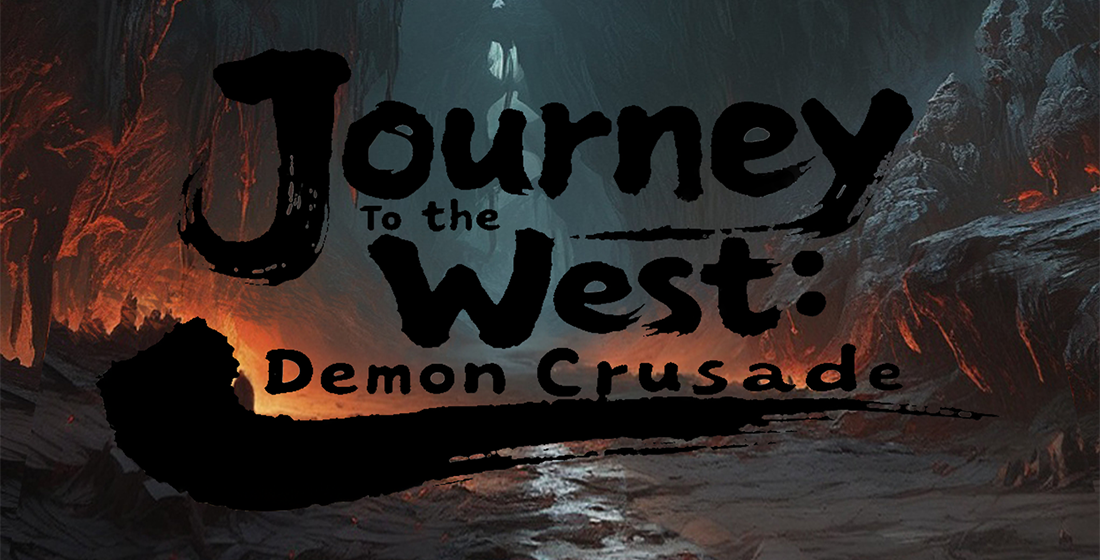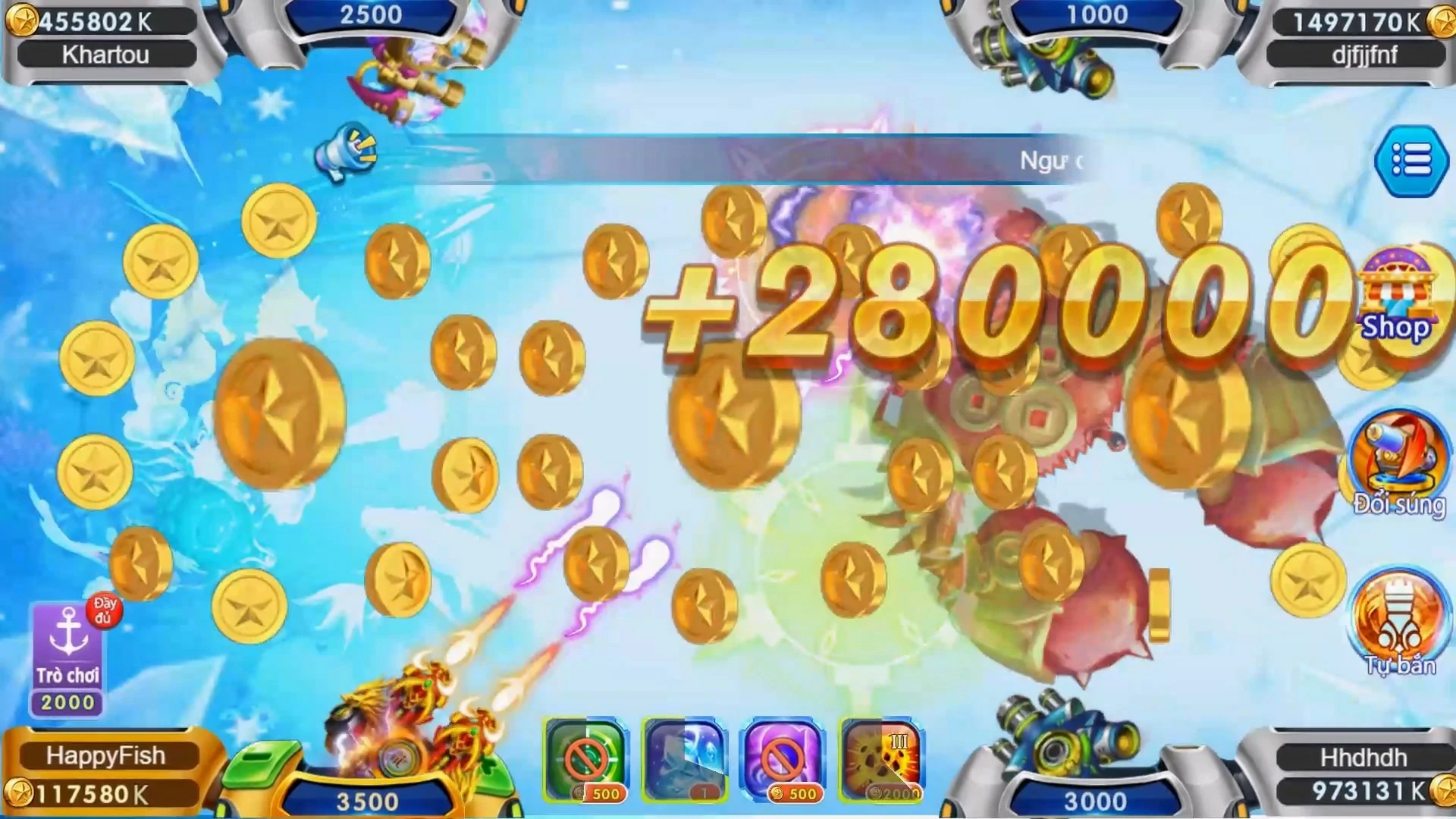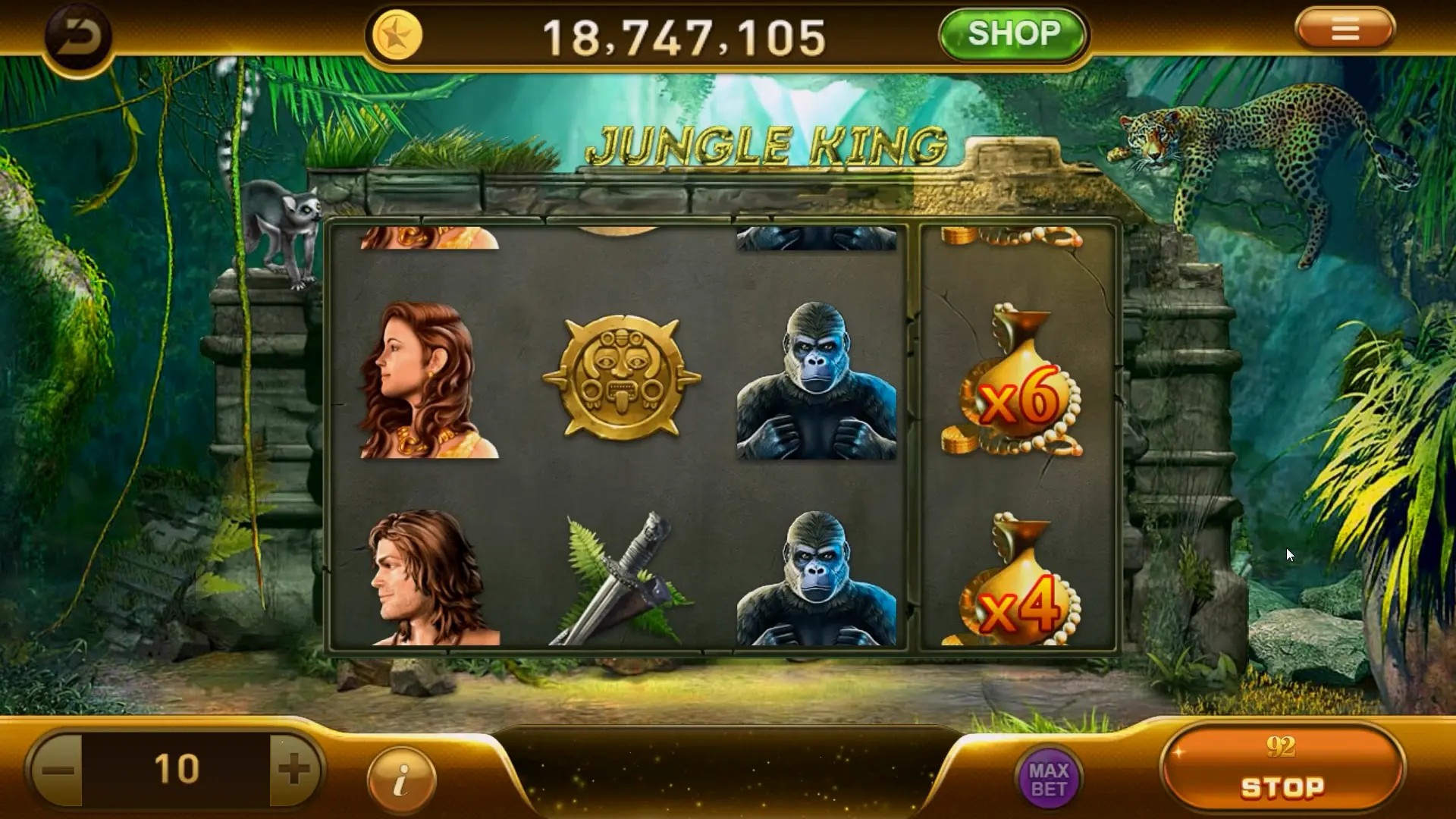Hyper Casual Games: The Addictive Puzzle Experience Taking Over Mobile Gaming
If you've glanced at the App Store lately, you've probably noticed how **hyper casual games** are taking center stage. From simple swipes to complex tap-based mechanics, there's a unique blend of accessibility and addiction in these tiny digital bites. And in this mix — right under our thumbs all along — lies something that’s more addictive than ever: puzzle experiences. Today’s top hyper casual hits aren’t just easy games to open while sipping coffee; some feel as satisfying as solving a real riddle on paper.
| Type of Puzzle Game | Main Feature | Popular Titles |
|---|---|---|
| Tap-based Match | Instant match combos | Jewels Legend Two Dots |
| Merge or Combine Puzzles | Evo-style upgrades | Hustle Cat Bike Race Fusion |
| Strategy + Build Layouts | Town-building mechanics | Clash of Clans Base Builder Dungeon Boss Defense |
| RPG Twist with Battles | Battle rounds + XP progression | Mortal Kombat RPG Fury Dungeon Tactics |
Understanding Puzzle-Driven Hyper Casual Mechanics
There’s something strangely meditative about hitting “start" on puzzle games. Even without complicated rules, they pull us in like gravity. But what makes hyper casual versions different is **simplicity with clever depth built-in**, where each move can lead to surprise outcomes. Unlike Clash of Clans base builder apps which need careful town planning (or building layouts), puzzle-driven ones give an illusion of freedom — even though you may just be tapping lines on screen trying not to panic when things go chaotic. These aren't just idle pastimes either. A recent survey by mobile developers in Florence found that gamers over the age 40 still gravitate toward puzzlers — possibly explaining why Italy continues embracing this hybrid model year after year.What Defines a Great Puzzle Hit These Days?:
- - Quick bursts: Under three-minute playtime works best
🚀 Example game: Candy Smash Challenge (see full list) - - One finger input: Avoid clunky gestures, keep it simple but challenging
- - Unexpected twists every few seconds: Think sliding tiles turning into chain explosions
How Do Puzzle Hyper Games Hook Users?
You wouldn't think staring at colored blocks for twenty minutes could qualify as thrilling — until your screen becomes a domino chain ready to explode from just one smart match. Therein lays the secret ingredient of many top downloads right now: tension built through randomness. That’s also true with Mortal Kombat RPG games, only instead of card swaps between battles... you’re choosing characters, gear-ups, then jumping into combat mode. It starts with curiosity. Maybe you're riding the Milan metro watching someone casually tap away at their puzzle screen during commute time — and boom — two stops later, you downloaded the exact same title. It feels harmless enough. Then ten hours slip out the back door while you "just want five more tries." Some studios add narrative hooks too. Instead of pure abstraction, puzzles get sprinkled across fantasy worlds filled with characters — think of Mortal Kombat meets brain teasers wrapped around evolving storylines. But here’s where Italian mobile users tend to lean in differently than say American players: many local devs tweak controls or art styles subtly to reflect cultural preferences—such as bold fonts in interface buttons paired with quick undo functions. This creates something deeper than habit; it creates emotional resonance. Especially for older gamers used to playing traditional games (chessboard logic etc.) but suddenly thrown into pixel-world environments. So, yes! While some might claim hyper casual titles can only entertain those needing five-minute distractions — look closer, there's complexity beneath most surfaces now. If you haven't noticed: hypercasual has officially moved upmarket — borrowing elements from strategy board design AND role playing games. Next section we'll dive a bit further into exactly how that’s reshaping genre standards...Puzzle Games vs Strategic Base Building: Are They Converging?
The question seems obvious at first. Clash Of Clans style gameplay centers on managing towns, defending territories, optimizing resource farms. Meanwhile most hit puzzlers rely on reaction speeds more than decision-making frameworks. Still… in practice, boundaries blur. Let’s compare:- 🧠 Strategy Needs Long Planning: In Clash-like games building a better layout = more protection later on;
- 🔮 Puzzle Solving is Predictive Thinking – Matching patterns ahead of collapse leads = better outcome chance;
A Look Into Emerging Puzzle Hybrids That Italians Love
While global hits dominate iOS stores, let’s focus on trends surfacing across Italy — particularly the way developers fuse classic puzzlers with other popular genres to craft hybrids tailored for short play cycles with added depth. Check this fresh wave of emerging puzzlers that are quietly winning hearts:- Tetriminos Attack: Medieval Edition Combining falling-blocks action with medieval castle defense – you must complete tower rows before invading armies reach. 💥 Italian players love how nostalgia blends seamlessly here without overkill visuals.
- Pizzagram Puzzle Based in Naples (and heavily themed with mozzarella & olives dropping onto a grid)... goal remains classic match-three, yet with local charm layered on top. 👌 Shows clever localization strategies working wonders in southern regions where identity matters deeply in gaming culture.
- 🔰Mortar Mayhem Battle Puzzle RPG (Beta Version): Coming Fall 2024. Expectedly drawing pre-sign-ups — especially from MMA enthusiasts who already play turn-by-turn fighters but seek lighter ways of engagement during work lags.
The Science Behind Those Irresistible Clicks
Alright — let’s dig a tad deeper and explore *why puzzle hyper casual gameplay captures user attention* faster than scrolling through Instagram memes during dinner waits. A major driver: neural reinforcement triggered mid-session. Each tap/clear action releases a surge signaling success inside your brain chemicals — mainly **dopamine**. Now consider these numbers (approximations based off developer dashboards in Northern Italy):| Engagement per Session | % of Players Who Keep Playing After Day Two | Average Playtime Daily (min) per User |
| Based on Internal Studio Data Jan-March 2024 | ||
|---|---|---|
| >7 mins | ~38% | 11 |
| >13 min | ~21% | >25 |
| <5 min (avg initial) | <14% | N/A |
🧠 Fun Brain Fact
Studies show players often forget exact actions they took post-puzzle completion — reinforcing reliance more on gut-level flow instead of strategic planning compared to other mobile formats.
---
Studies show players often forget exact actions they took post-puzzle completion — reinforcing reliance more on gut-level flow instead of strategic planning compared to other mobile formats.
Italian Devs Leading the Shift Towards Richer Puzzle UX
From small studios in Sicily testing AI-infused difficulty shifts, to veteran publishers near Venice adding subtle humor in visual feedback animations after failed levels — Italy continues contributing to the global puzzle movement in unique, localized ways. Below is a list featuring notable dev names actively involved in expanding the puzzle space recently. | Studio | Location | Known Titles | Approach Type | |----------|-------------|------------------|------------------------| |Rome Interactive Studios | Rome, Lazio| "Treasure Hunt Tiles" series"Mona Lisa Slide Escape"
(historical themed puzzles)
| Merging history edutainment + puzzle mechanics| |NordWave Apps | Torino| TapTown Clash Series: Puzzle Defense Spinoffs| Blending clash-like layouts + hypercasual tap control schemes|| |ZappGames S.r.l. | Catania|“Pizzatopia Blast Quest", upcoming “Basilicata Jewel Match Adventure"| Regional-themed match games aiming national recognition first before going global | These indie houses don’t just localize UI text or add regional voice lines in-game; instead — many reframe *core themes* of the puzzle around familiar places and iconic traditions. E.g. One puzzle challenge in a recent title asked players rearranging scrambled Roman numerals in Colosseum pillars – merging cultural literacy directly into interaction design. And if nothing else helps convince you: consider how Italian consumers rate games locally made over others — according internal UGC site review aggregators, satisfaction ratings run approximately +8 to 10% higher for native-developed titles! Clearly, crafting puzzles around strong sense-of-place enhances engagement for home-country players. Could be valuable export lessons to nearby EU regions too. ---



